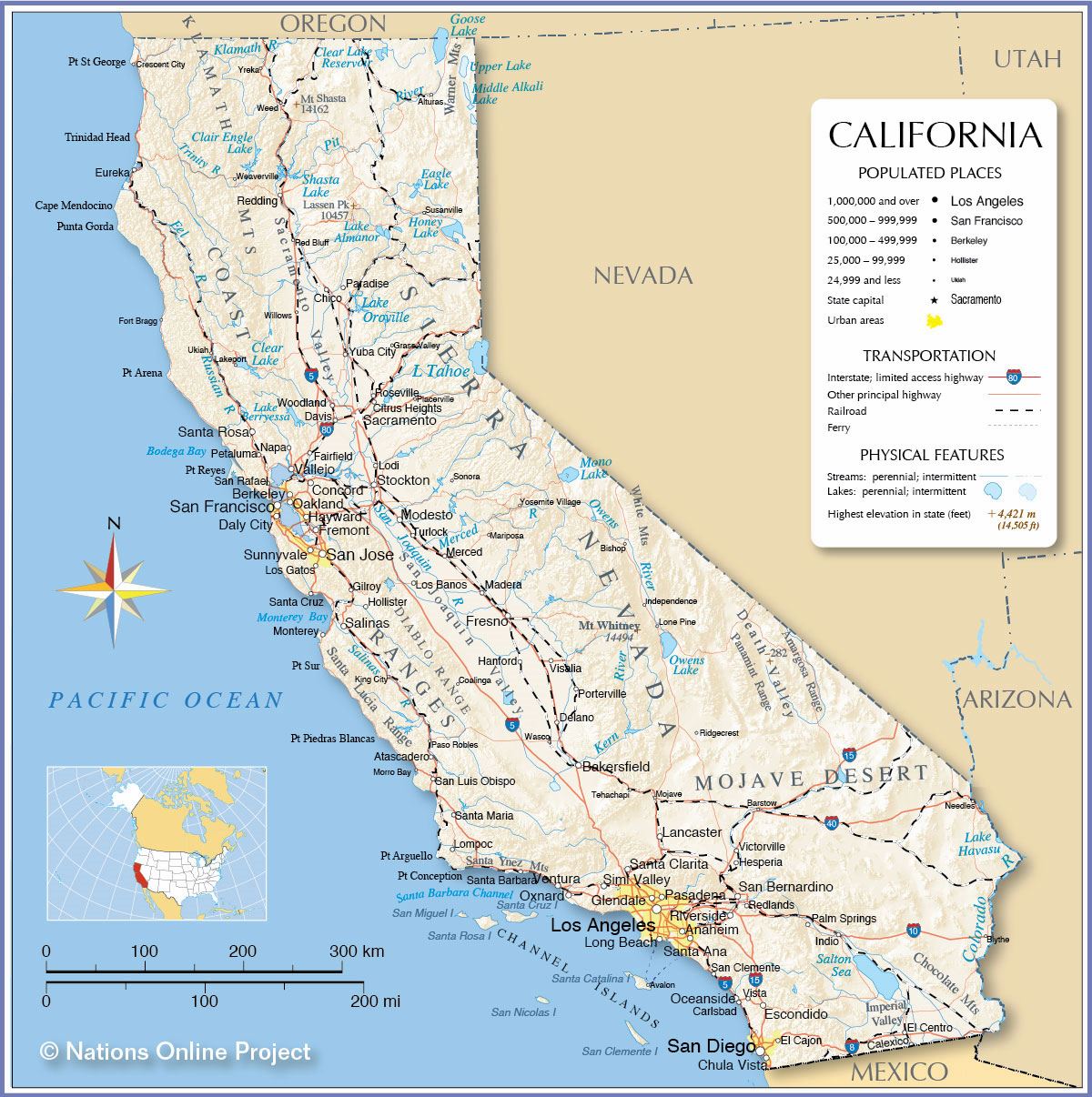The sun-kissed beaches and rocky coastlines of California are home to a plethora of fascinating marine life, and among the most charismatic and intriguing creatures are the California sea lions. These intelligent, social, and incredibly agile mammals have captivated the hearts of many with their playful nature, remarkable adaptability, and endearing expressions. However, beneath their charming appearance and demeanor lies a complex and intriguing world, full of interesting behaviors, social structures, and ecological roles that play a vital part in the marine ecosystems of the Pacific Coast.
To delve into the world of California sea lions, it’s essential to understand their evolutionary history and how it has shaped their behavior, physiology, and interactions with their environment. Belonging to the family Otariidae, California sea lions (Otaria flavescens) are part of the pinniped group, which also includes seals and walruses. Their evolution is closely tied to the availability of food resources and the geographical features of their habitat. Over time, they have developed distinct physical traits such as flippers, streamlined bodies, and a thick layer of blubber to insulation, enabling them to thrive in both aquatic and terrestrial environments.
One of the most striking aspects of California sea lions is their social behavior. They are known to form large colonies, often on islands, rocky shores, and even man-made structures like piers and jetties. Within these colonies, a complex hierarchy exists, with dominant males (bulls) competing for mating rights and territory. Females (cows) typically give birth to a single pup after a gestation period of approximately 9-11 months, and both parents play a crucial role in nurturing the young. The bond between a mother and her pup is particularly strong, with the mother often recognizing her pup’s unique barks and vocalizations among hundreds of others.
Their diet is another fascinating aspect of California sea lions, showcasing their adaptability and opportunistic feeding behavior. They are carnivores and feed on a wide variety of prey, including fish, squid, octopus, and crustaceans. Their foraging habits are highly efficient, thanks to their exceptional diving abilities, which allow them to reach depths of up to 600 feet in search of food. This adaptability in feeding is crucial for their survival, especially in fluctuating marine environments where prey abundance can vary significantly from year to year.
However, the life of California sea lions is not without challenges. Human activities such as overfishing, pollution, and habitat destruction pose significant threats to their populations. Entanglement in fishing nets and debris, ingestion of plastic, and the impact of climate change on their prey populations are among the pressing issues. Furthermore, diseases such as leukemia, caused by the sea lion leukemia virus, have been identified in these populations, adding another layer of complexity to conservation efforts.
Given these challenges, conservation and management efforts are crucial for the protection of California sea lions. The Marine Mammal Protection Act (MMPA) of 1972 provides federal protection for these animals, prohibiting the hunting, killing, capture, and harassment of marine mammals. Additionally, organizations and research institutions are working tirelessly to study sea lion behavior, monitor population trends, and develop strategies to mitigate the impact of human activities on their habitats.
In the context of their ecological role, California sea lions serve as indicators of the health of marine ecosystems. Changes in their population, behavior, or health can signal broader environmental issues, such as decreases in fish populations or increases in pollution levels. This makes the conservation of California sea lions not only important for the species itself but also for the maintenance of balanced and thriving marine ecosystems.
For those interested in learning more about these captivating creatures, there are numerous opportunities to observe them in their natural habitat or in controlled environments such as aquariums and marine parks. However, it’s essential to do so in a responsible and sustainable manner, ensuring that these interactions do not disturb the animals or their habitats. Educational programs and guided tours can provide valuable insights into the biology and behavior of California sea lions, fostering a deeper appreciation and respect for these marine mammals.
What is the average lifespan of a California sea lion in the wild?
+California sea lions can live for approximately 20-30 years in the wild, although their lifespan can vary based on various factors including diet, disease, and environmental conditions.
How do California sea lions communicate with each other?
+California sea lions communicate through a variety of vocalizations, including barks, grunts, and growls. They also use body language and visual displays to convey information and express emotions.
What are some of the main threats to California sea lion populations?
+California sea lions face several threats, including entanglement in fishing nets, pollution, habitat destruction, and the impacts of climate change on their prey populations. Diseases also pose a significant threat, particularly the sea lion leukemia virus.
In conclusion, California sea lions are not only beloved symbols of the marine biodiversity of the Pacific Coast but also vital components of their ecosystems. Through their unique behaviors, adaptations, and roles in marine food webs, they contribute to the richness and resilience of these environments. As we move forward, it’s crucial that we prioritize their conservation, addressing both the immediate and long-term challenges they face. By doing so, we not only ensure the well-being of California sea lions but also contribute to the health and sustainability of our oceans.



